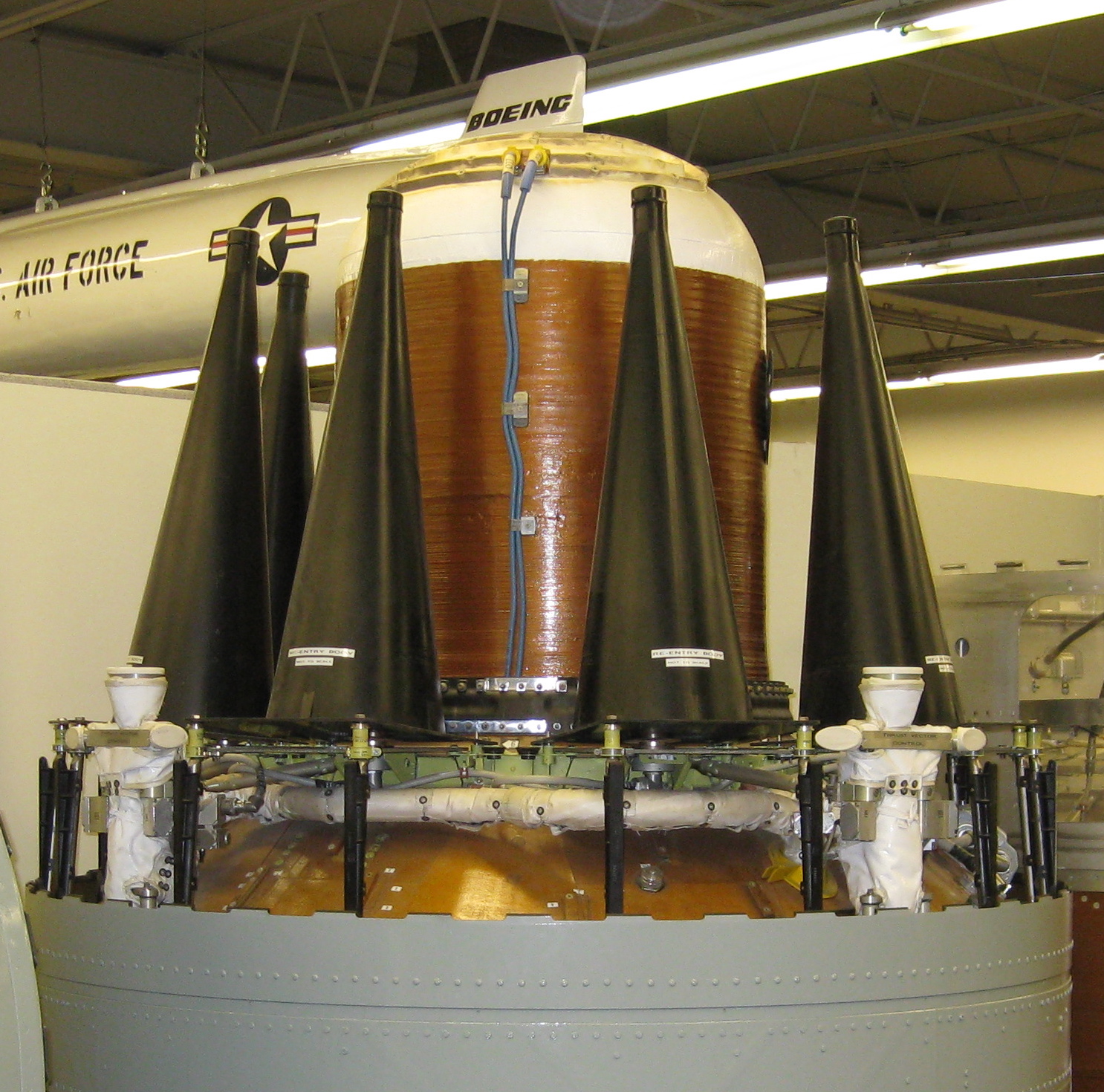The UK Replacement Warhead programme has entered its ‘Concept’ phase, the Government announced in March. This is the first formal phase in the Ministry of Defence (MOD)’s acquisition process that the programme appears to be following, with the first warheads planned to come into service in the 2030s.
The milestone was announced in the Government’s 2022 ‘future nuclear deterrent’ update to Parliament. The MOD has published these updates annually in late December since 2012. The 2022 report was delayed until 8th March 2023. The MOD did not give a reason for the delay, despite being asked in a parliamentary question, saying only that the report was ‘undergoing final clearance procedures’. The next report is said to be planned for ‘late 2023’.
In a 2003 House of Commons Library research paper, the acquisition cycle is said to consist of 6 phases covering the design, production and disposal of military equipment. The Concept phase is when military requirements are defined, and the different options for the project are set out. An Integrated Project Team is set up to steer the project, consisting of representatives from the MOD, armed forces and industrial contractors. The culmination of the phase is an ‘Initial Gate’ review which assesses the feasibility of the project and, if successful, releases funds for the subsequent ‘Assessment’ phase.
At the end of the Assessment phase, the project will go through the ‘Main Gate’ funding review, which will release the major funding for the project, which then proceeds to the Demonstration and then the Manufacture phases. This is followed by the final two stages of the process, which cover the service life of the equipment and its disposal.
The NIS report ‘Extreme Circumstances’, published in August 2022, concluded that the Replacement Warhead programme was likely to be closely following the timetable for the US W93 warhead programme. The W93 is following a seven stage which consists of a similar process to the UK acquisition process, but is structured differently. According to the latest US budget documents, the W93 is due to finish the Phase 2 ‘Feasibility Study and Design Options’ stage of that process by October 2024, suggesting that W93 programme is running slightly ahead of the UK Replacement Warhead. The UK are participating in the W93 programme as observers, and supporting the UK is one of the listed goals of the US project.
Although the 2022 ‘future nuclear deterrent’ report states that the UK Replacement Warhead is due to become available in the 2030s, no further information about the project timetable has been disclosed. This is in line with the conclusions of the Extreme Circumstances report, which suggested the warhead would come into service in the late 2030s or early 2040s, based on the available information, including previous Government statements.
